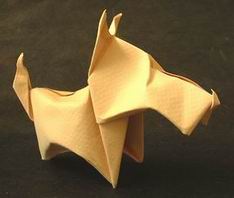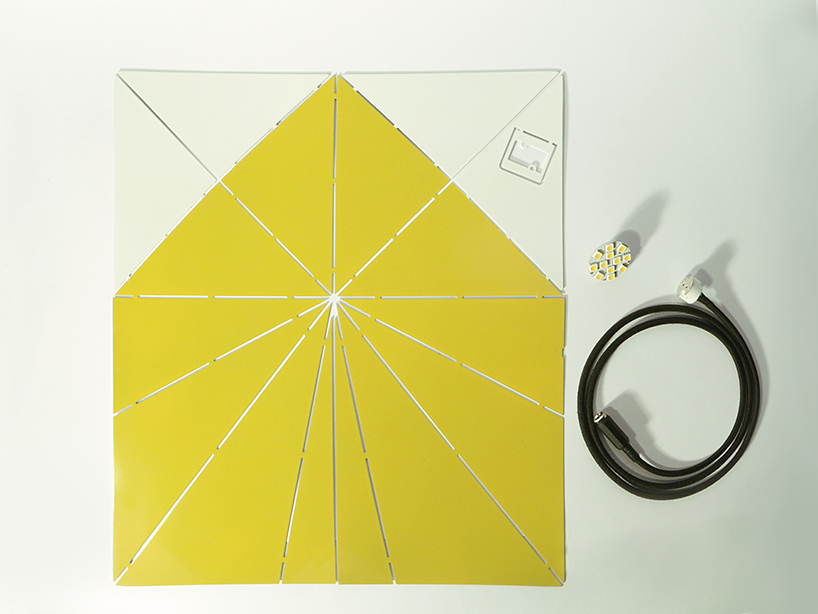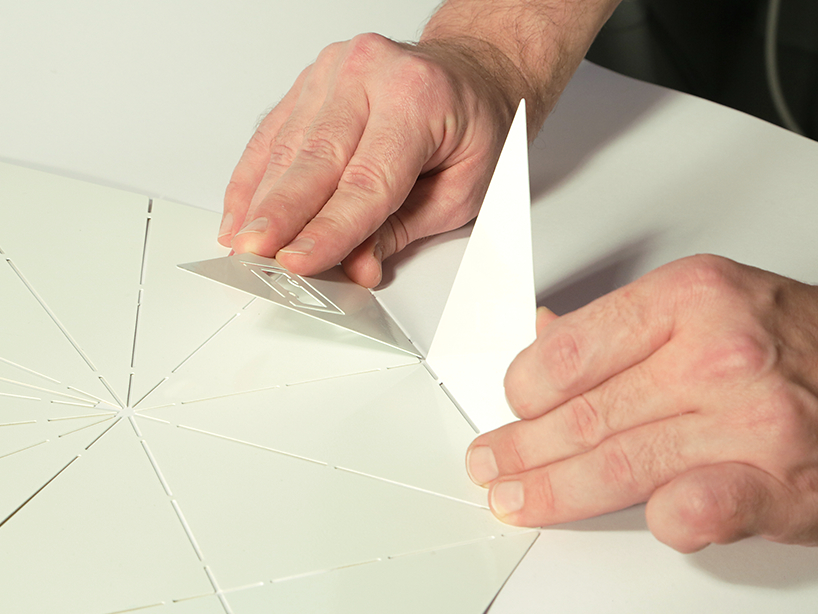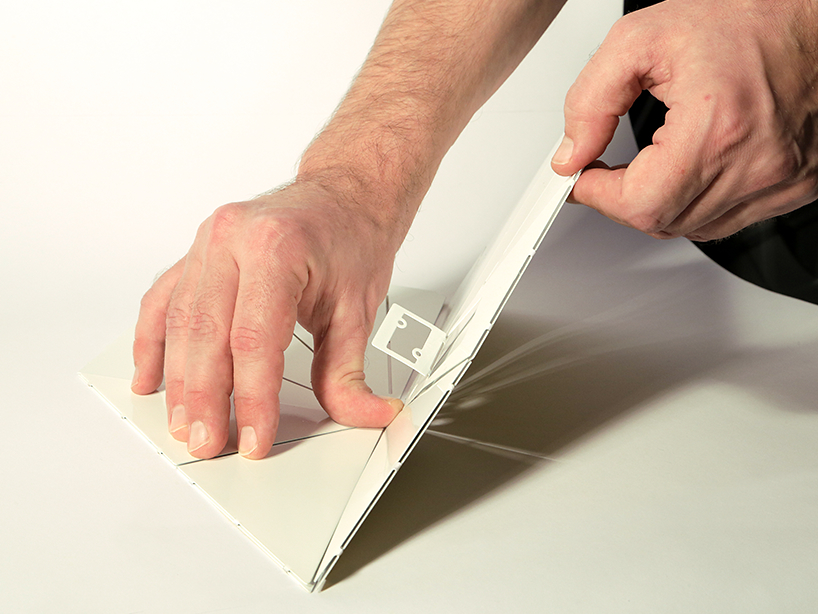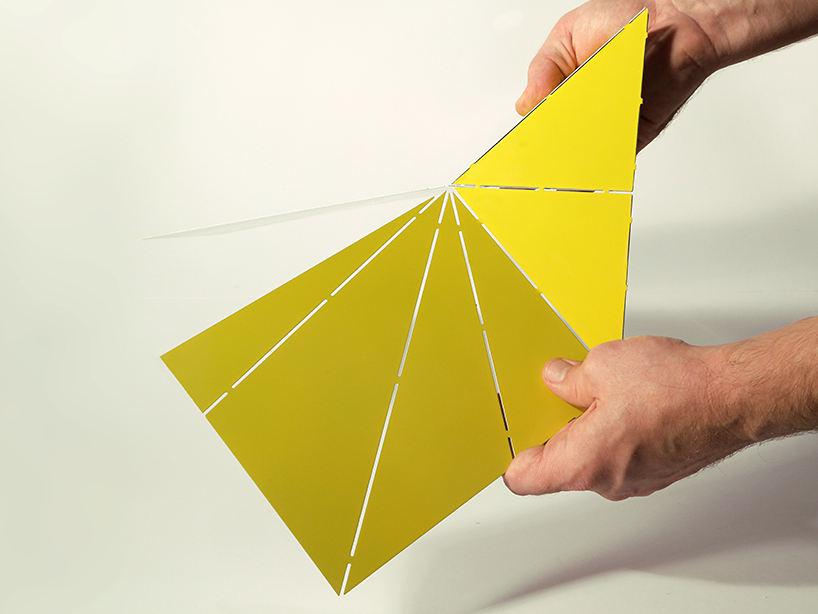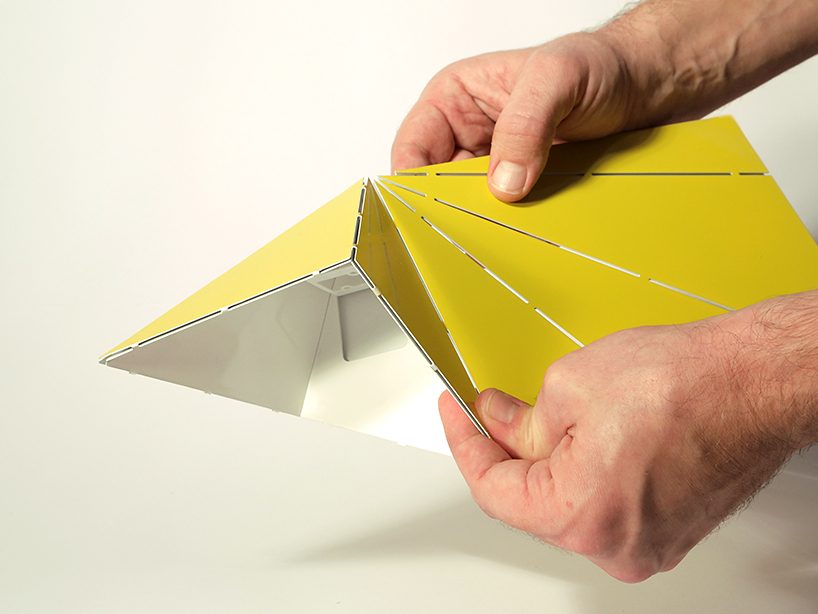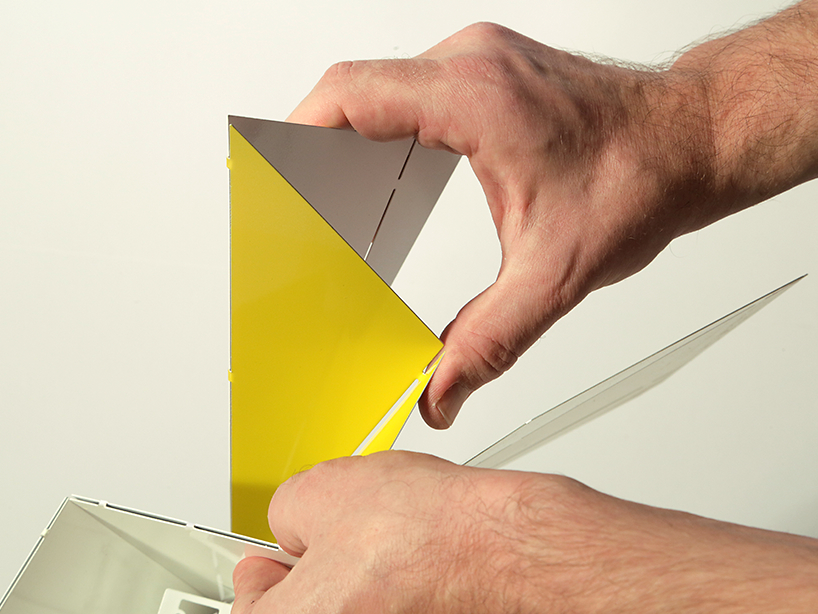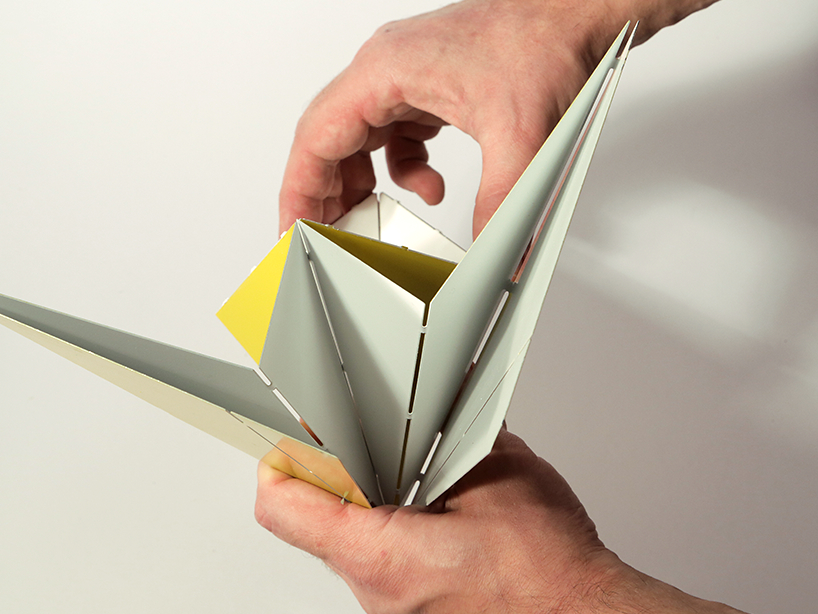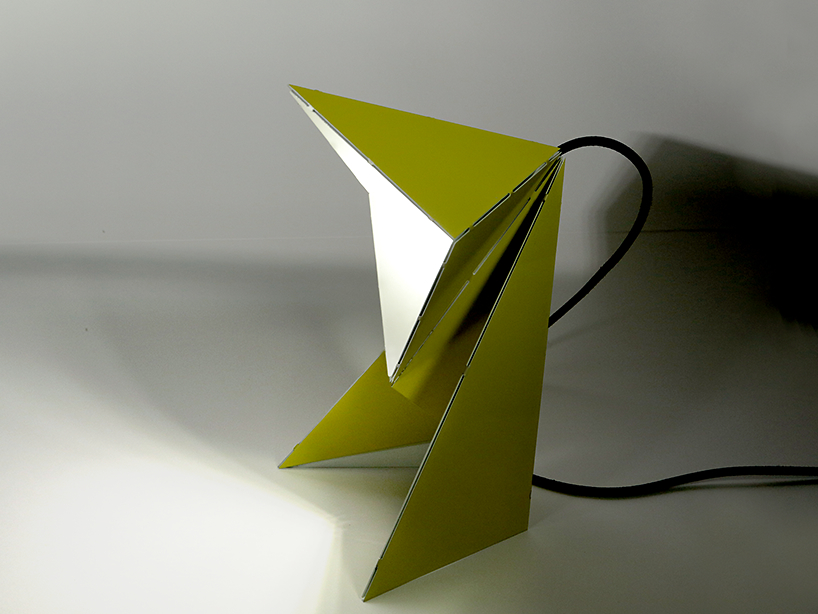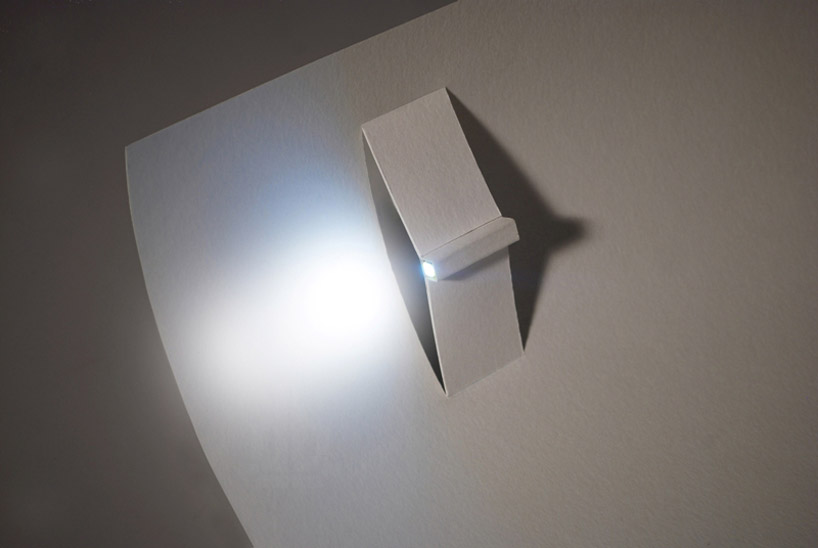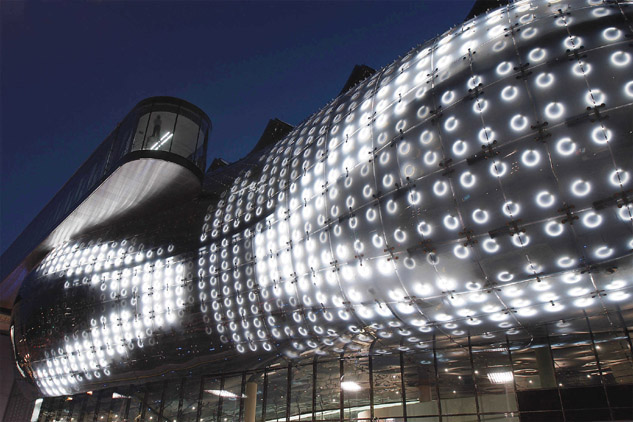MEANING
Ethnographic research is the method of studying a settlement or social group, by direct observation or through questions and interviews. It involves analyzing the beliefs, traditions, culture and other social customs related to them."Ethnography consists of the observation and analysis of human groups considered as individual entities (the groups are often selected, for practical and theoretical reasons unrelated to the nature of the research involved, from those societies that differ most from our own). Ethnography thus aims at recording as accurately as possible the perspective modes of life of various groups." - Structural Anthropology (1963), by Claude Lévi-Strauss.
TECHNIQUES
 |
SOURCE : http://archives.rockpaperink.com/content/article.php?id=1039AN EXAMPLE FOR ETHNOGRAPHIC RESEARCH UNDERTAKEN
In my final year of under graduation, we were given a project to study the urban fabric of our city(Chennai,South India). An area of the city was given to us, which was the very chaotic Central Railway Station Junction, and we were asked to propose a design solution for the given project problem.
The area was the most congested part of the city with poor pedestrian crossing ,as a result traffic jams occurred on the main roads, hawkers selling stuff on the roads, almost empty , isolated underpasses and overpasses due to their unreasonable locations, taxi and auto stands on the road center and lack of proper resting areas and pavements. Another important fact was that, the stretch contained several historical buildings that were under conservation.
Problem - Designing a circulation solution to reduce the congestion and chaos of the area.
Site Photos :
SOURCE : me
Videos taken on the site recorded the circualtion pattern of the various areas
We mapped out the different circulation paths and hotspots .
this shows the density of people in the various areas
the important buildings on the site
pedestrian and vehicular movement
Segregating the different problems in layers helped in studying each individually.The problem with the area, is the coincidence and interlocking of the various layers into one frame,therefore creating tension on the main level.
As a result of this study, we were able to record and document the nature of the circulation and the source of the current situation of chaos. This helped us in coming up with a solution that would leave a mark on the city due to its prominent location and importance of the landmark. Undergoing this sense of intimate and detail research, was able to indentify the main problem and therby, the final answer to something that would leave an impact on the people.
|
























